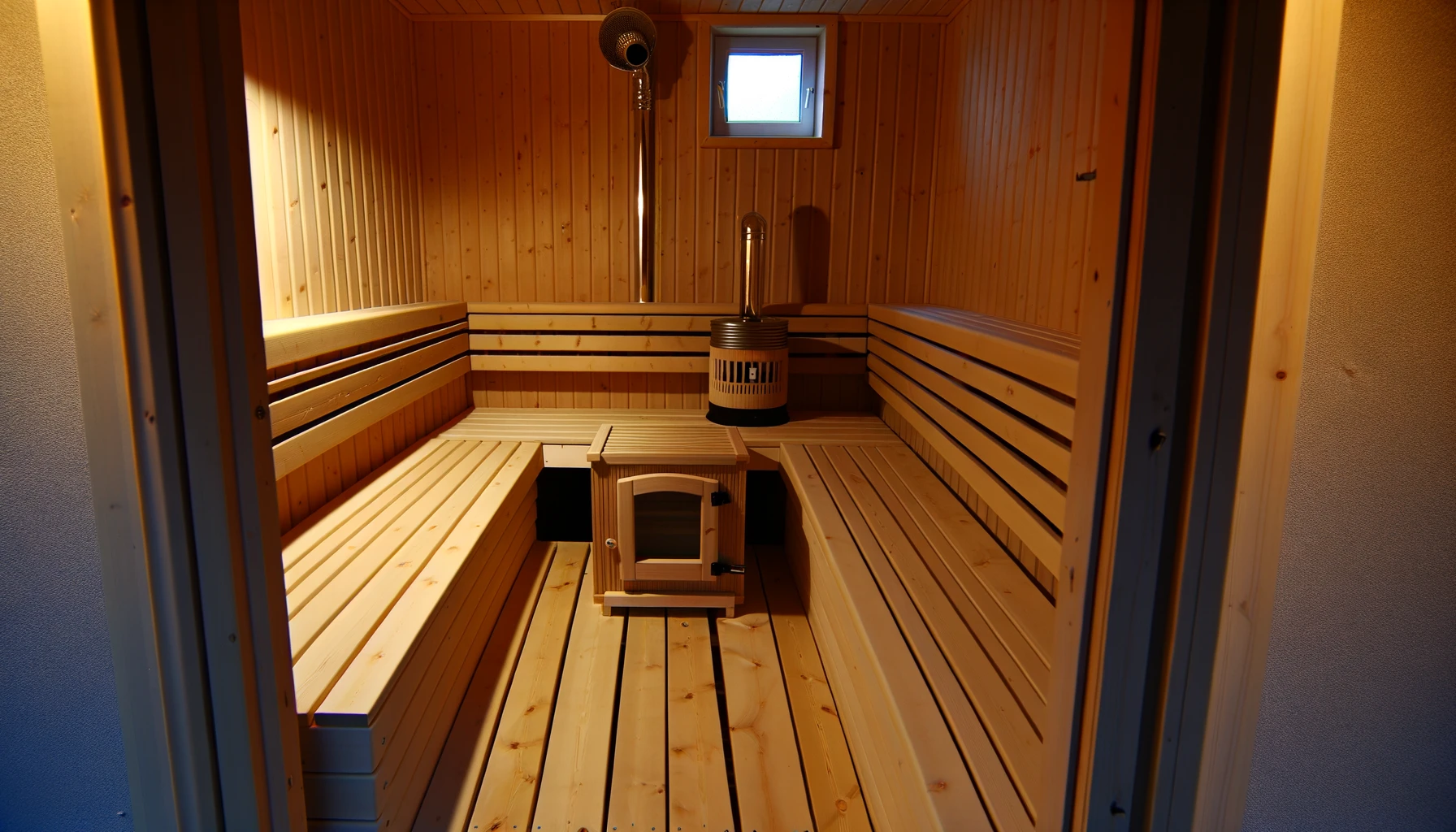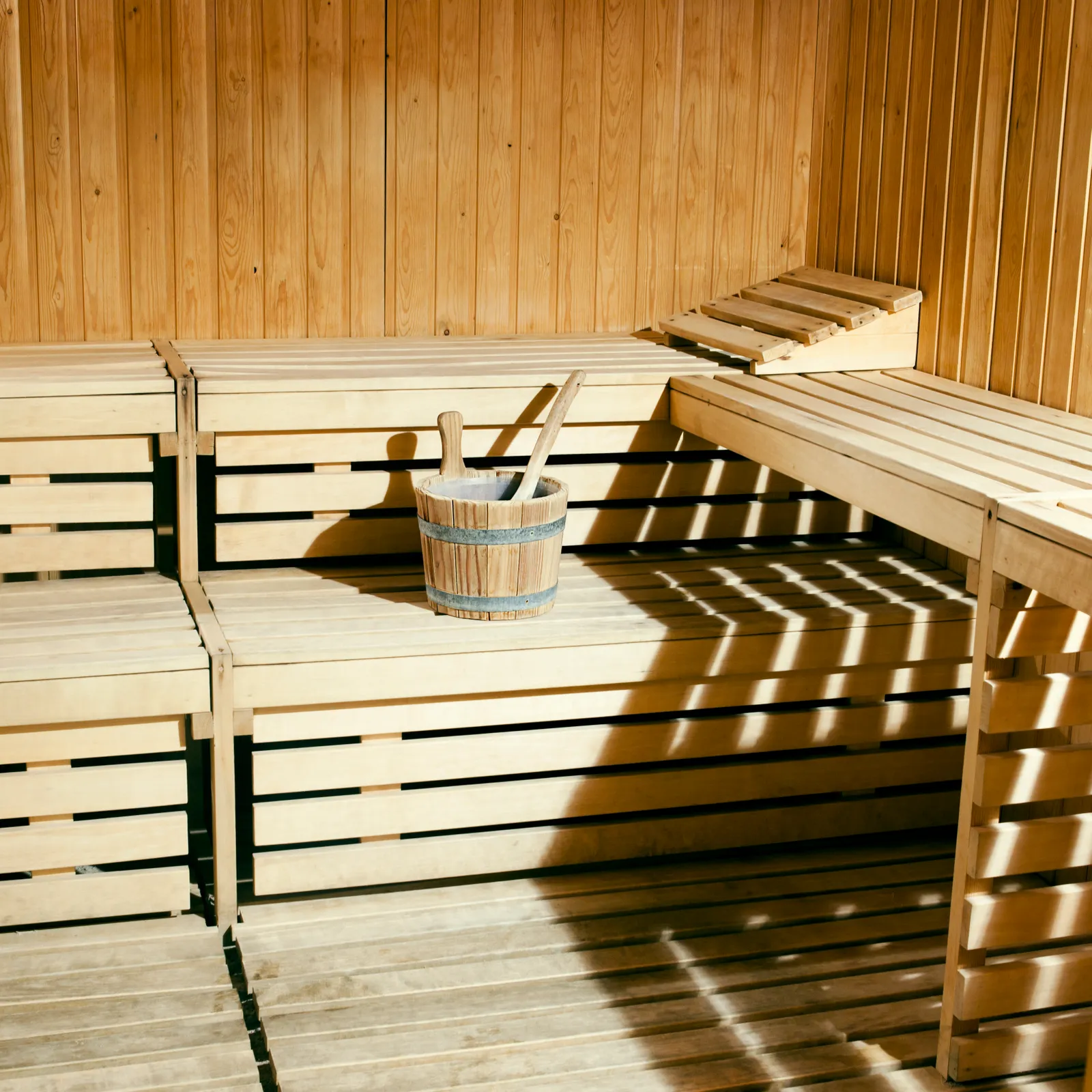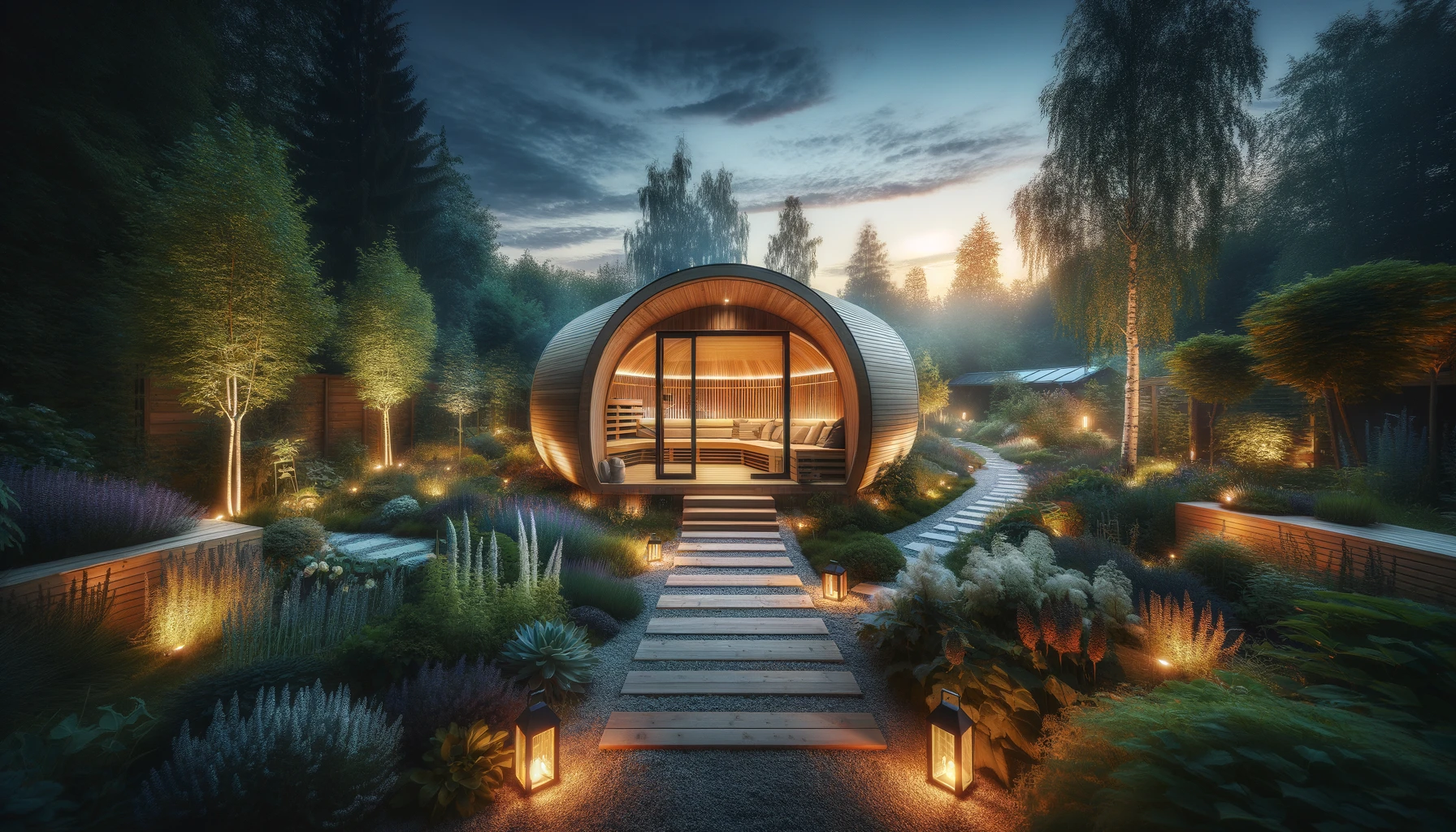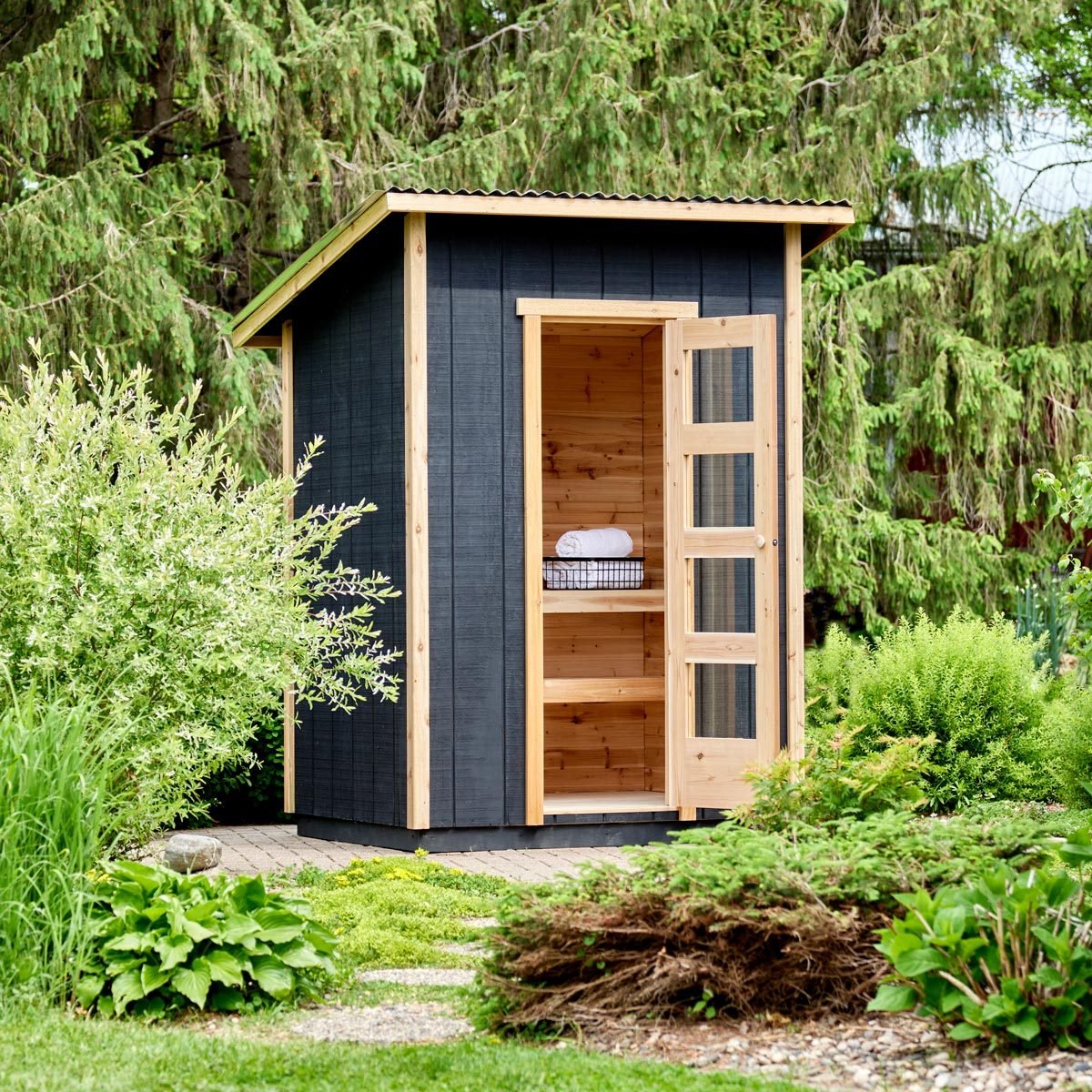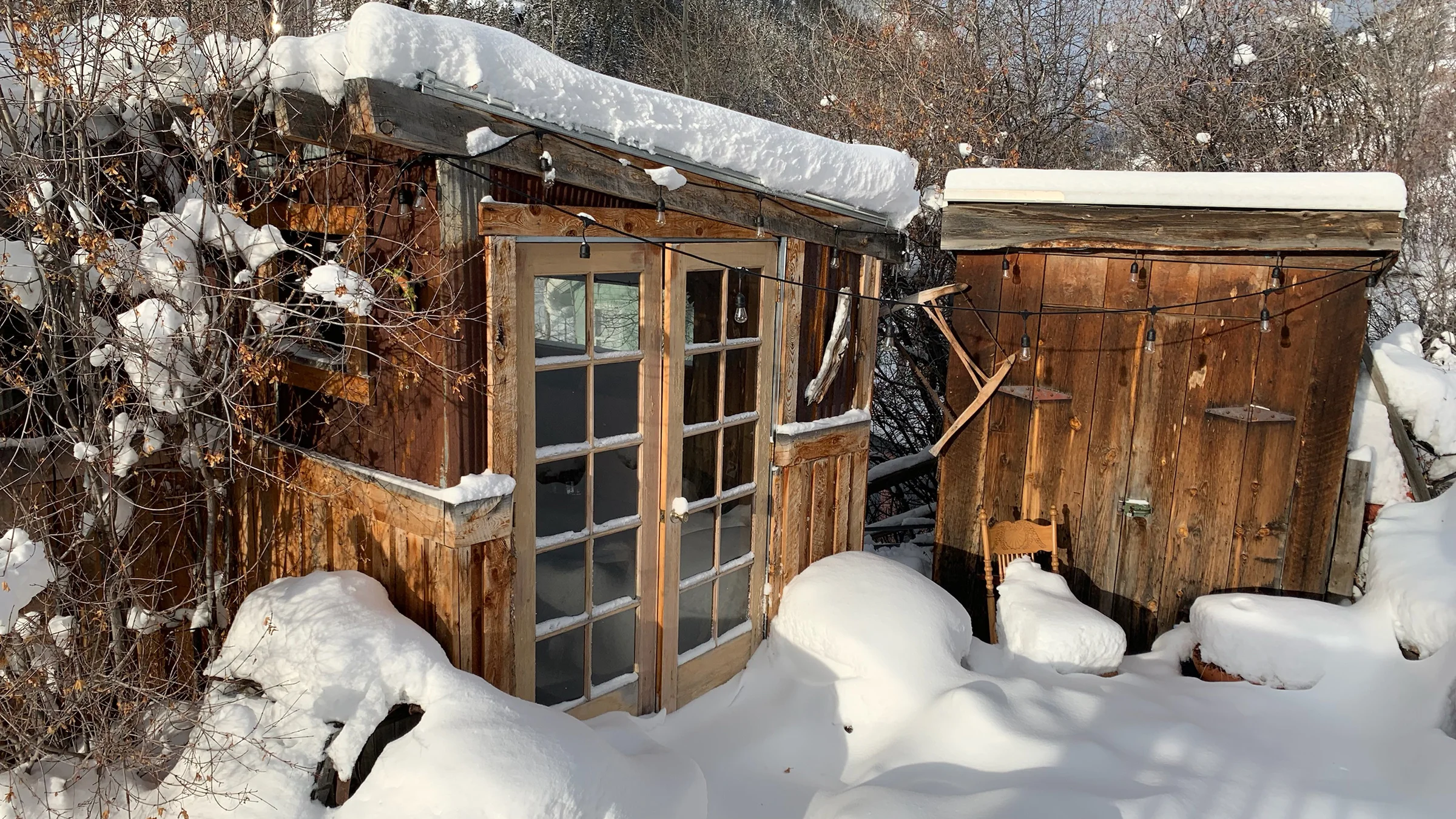Planning to create your own backyard sauna oasis without breaking the bank? Budgeting for your backyard sauna build is crucial for a successful and cost-effective project. By carefully considering building materials, design options, and labor costs, you can achieve a relaxing retreat right outside without overspending.
Whether you’re aiming for a traditional wood-fired sauna or a modern infrared setup, smart budgeting will help you realize your dream spa getaway while keeping expenses under control. Stay tuned as we explore practical tips and tricks to manage costs effectively and bring your backyard sauna building vision to life on a budget.
Key Takeaways
- Plan Your Budget Wisely: Before starting your backyard sauna building, understand the costs involved by considering materials and labor.
- Location Matters: Select a suitable spot for your sauna, considering factors like proximity to your home, privacy, and access to utilities.
- Explore Different Sauna Types: Research various backyard sauna options like traditional Finnish saunas, infrared saunas, or barrel saunas to find the one that best suits your needs and preferences.
- Prioritize Quality Materials: Invest in durable and weather-resistant materials for your sauna, including the floor, to ensure longevity and minimal maintenance requirements.
- Consider DIY vs. Professional Installation: Evaluate your skills and available time to decide between a DIY build or hiring professionals for a quicker and potentially more precise installation.
- Regular Maintenance is Key: To prolong the lifespan of your backyard sauna, establish a maintenance routine that includes cleaning, inspections, and repairs when necessary.

Understanding Sauna Costs
Types Available
When budgeting for your backyard sauna build, you have various options to consider. Traditional wood-burning saunas offer a classic experience and are often favored for their authentic feel. On the other hand, infrared saunas are known for their energy efficiency and ability to heat the body directly. portable saunas provide flexibility and convenience if you have limited space or plan to move.
DIY vs Professional
Deciding between a do-it-yourself (DIY) approach or hiring professionals can significantly impact your budget. While opting for a DIY build may save on labor costs, it’s essential to weigh the pros and cons carefully. Professionals can ensure quality construction but come with additional expenses.
- Pros of DIY: Cost-effective, customizable design.
- Cons of DIY: Time-consuming, potential mistakes that could increase overall costs.
Cost Comparison
Comparing prices among different sauna types is crucial when planning your budget. Remember to factor in long-term maintenance costs as some saunas require more upkeep than others. Installation expenses should also be considered as they can vary based on the complexity of the build and any additional features you choose.
- Pros: Opportunity to customize according to budget.
- Cons: Higher initial investment might be required for certain types like infrared saunas.
Time Investment
Apart from monetary considerations, understanding the time investment involved is key when planning your backyard sauna project. Construction time varies depending on whether you opt for a pre-made kit or custom build while regular maintenance will be an ongoing commitment once the sauna is operational.
- Considerations:
- Construction time estimates vary based on complexity.
- Regular maintenance tasks include cleaning and checking equipment functionality regularly.
Budgeting Your Sauna Build
Estimating Total Costs
To budget for your backyard sauna build, you need to calculate the costs of materials, labor, and permits. Remember to include additional expenses like lighting and accessories. It’s crucial to account for any unexpected costs that may arise during the construction process. By planning ahead and being thorough in your cost estimation, you can avoid financial surprises along the way.
When allocating funds for your sauna project, create a budget breakdown for each aspect of the build. Prioritize essential elements over optional features to stay within budget constraints. Set aside contingency funds specifically earmarked for unforeseen expenses that might crop up during the construction phase. This proactive approach ensures that you are financially prepared for any unexpected developments.
Saving Tips
Choosing cost-effective materials is a key strategy in saving on your sauna build expenses. Compare different materials based on durability, maintenance requirements, aesthetic appeal, insulation properties, and heat retention capabilities. Opting for simpler sauna designs over intricate ones can significantly reduce costs without compromising functionality or comfort levels. Consider pre-designed sauna kits as they often streamline installation processes and come with detailed instructions that can save you time and money in construction.
Choosing the Right Location
When budgeting for your backyard sauna build, selecting the right location is crucial. Firstly, ensure accessibility by choosing a spot that allows easy entry from your home or outdoor area. Consider adding ramps or handrails if you have individuals with mobility challenges in mind. Moreover, plan for ample space inside the sauna for movement and relaxation to enhance comfort during sauna sessions.
For privacy, assess whether you need screens or landscaping around the sauna area to shield it from prying eyes. Evaluate visibility from neighboring properties or public spaces to maintain seclusion during sauna use. You can explore options like frosted glass or curtains to add an extra layer of privacy without compromising aesthetics.
In terms of safety considerations, prioritize proper ventilation within the sauna structure to prevent overheating and ensure adequate air circulation during use. Research safety features such as emergency shut-off switches and temperature controls to mitigate potential risks. Adhere strictly to electrical and fire safety codes when installing your backyard sauna to guarantee a safe environment for relaxation.
Types of Backyard Saunas
Traditional vs Infrared
Traditional saunas use heated rocks or stoves to warm the air, creating a high-temperature environment. These saunas are known for their intense heat and steam, promoting relaxation and detoxification. On the other hand, infrared saunas use infrared light to directly heat the body, offering a more gentle experience with lower temperatures but still providing health benefits.
When considering budgeting for your backyard sauna build, it’s essential to understand these differences in heating mechanisms. Traditional saunas may have higher energy consumption due to heating the entire space, while infrared saunas are often more energy-efficient since they directly heat the body. Depending on your preferences for heat intensity and humidity levels, you can choose between traditional or infrared options.
Comparing operating costs is crucial; traditional saunas might be costlier due to higher energy usage compared to efficient infrared models. If you prefer intense heat and steam sessions that mimic spa experiences, a traditional sauna could be ideal. However, if you seek a milder yet effective way of enjoying sauna benefits with potentially lower operating costs, an infrared sauna might suit your needs better.
Pre-built vs Custom
Budgeting for your backyard sauna build involves deciding between pre-built kits or custom designs based on various factors like cost-effectiveness and personalization options. Pre-built sauna kits offer convenience as they come with all necessary components ready for assembly at a fixed price point. They can be more budget-friendly than custom builds while still providing quality materials.
Customizing your sauna allows you to tailor every aspect according to your preferences – from size and layout to materials used and additional features included like lighting or audio systems. Before opting for a custom build over pre-built kits, assess your DIY skills as customization requires more technical knowledge and labor investment.
Considering budgeting for your backyard sauna build, weigh the pros of pre-built kits’ affordability against custom builds’ personalized touch that matches your specific requirements perfectly.
Materials and Design Elements
Choosing Materials
When budgeting for your backyard sauna build, it’s crucial to prioritize durability. Opt for materials that can endure outdoor conditions, such as cedar or redwood. These woods are naturally resistant to decay and insects, making them ideal choices for outdoor saunas. Consider weatherproofing techniques like sealing the wood regularly to enhance longevity.
For a visually appealing sauna, focus on aesthetics by selecting a design that complements your backyard’s look. You can choose from various designs like traditional barrel saunas or modern cube-shaped structures. Incorporating natural elements like stone pathways or greenery around the sauna can enhance its overall appeal. Inside the sauna, opt for calming interior finishes like light-colored wood to create a peaceful atmosphere.
Design Features
When planning your backyard sauna, consider both size and shape carefully based on your needs and available space. Rectangular, square, or corner-shaped saunas offer different advantages depending on how you intend to use the space. Ensure there is enough room inside for comfortable seating or lying down during sauna sessions.
Proper ventilation is essential in any sauna build to maintain air quality and prevent overheating. Plan for adequate airflow by installing vents or windows strategically in the structure. Additional ventilation options such as exhaust fans can help regulate temperature and humidity levels within the sauna environment.
DIY Outdoor Sauna Building Steps
Planning and Permits
Before diving into budgeting for your backyard sauna build, it’s crucial to address the initial steps. Research local building codes and permit requirements as a priority. Make sure you allow sufficient time for obtaining necessary approvals, which can sometimes be a lengthy process. If unsure about regulations, consulting with professionals is highly recommended.
Decisions need to be made thoughtfully. Choose an appropriate foundation type that suits your needs; options include concrete or gravel bases. Ensure structural stability is prioritized to support the weight of the sauna effectively. Consider insulation requirements for the flooring to optimize heat retention within the sauna space.
Insulation and Heating
Insulation plays a vital role in maintaining energy efficiency within your backyard sauna. Opt for insulation materials with high R-values as they provide better thermal resistance. Research different heating options available in the market such as electric heaters or wood stoves based on your preferences and budget constraints. Don’t forget to consider additional insulation for walls, ceiling, and doors to enhance heat retention further.
Moving on from functionality to aesthetics, finishing touches elevate the overall experience of using your outdoor sauna space. Explore various options for lighting fixtures like LED or dimmable lights that can create a relaxing ambiance during sauna sessions. Consider adding music systems or speakers if you enjoy listening to music while unwinding in the sauna environment; this can enhance relaxation levels significantly! Lastly, choose comfortable seating arrangements along with accessories like towel racks or hooks for added convenience during use.
Professional Installation Insights
Choosing a Contractor
When budgeting for your backyard sauna build, selecting the right contractor is crucial. Begin by researching reputable contractors specializing in sauna construction. Look into their experience, checking references and portfolios to gauge their expertise. Obtain quotes from multiple contractors to compare prices and services offered. This step helps ensure you find a contractor who fits your budget while delivering quality workmanship.
It’s essential to discuss project timelines with the chosen contractor upfront. Be prepared for potential delays due to weather or unforeseen circumstances that may arise during construction. Planning ahead for any special events or occasions can help you manage expectations regarding the completion date of your backyard sauna project effectively.
Timeline Expectations
When embarking on budgeting for your backyard sauna build, understanding warranty and support options is key. Inquire about warranties available on materials and equipment used in constructing your outdoor sauna. Research the after-sales support provided by manufacturers or contractors, ensuring you have assistance if issues arise post-installation. Take time to comprehend the terms and conditions of warranties offered, as this knowledge can be valuable in case repairs or replacements are needed down the line.
Maintaining Your Backyard Sauna
Regular Cleaning
To ensure hygiene in your backyard sauna, establish a cleaning routine. Use recommended cleaning products to maintain cleanliness. Proper ventilation is crucial during and after cleaning sessions to promote air circulation.
Regularly clean your sauna using appropriate products. Ventilate the sauna properly during and after each cleaning session. Establish a consistent routine for maintaining hygiene in the sauna.
Periodic Maintenance Checks
Schedule regular inspections of electrical components and heating elements. Check benches, flooring, and walls for signs of wear and tear. Address any maintenance issues promptly to prevent costly repairs down the line.
Inspect electrical components and heating elements regularly. Check benches, flooring, and walls for wear and tear periodically. Address maintenance concerns promptly to avoid expensive repairs later on.
Upkeep Costs
Budget for ongoing expenses such as electricity, water usage, and cleaning supplies when planning your backyard sauna build. Consider replacing worn-out parts or accessories over time. Factor in occasional maintenance services if needed to keep your sauna running smoothly.
Plan for ongoing costs like electricity, water usage, and supplies. Factor in potential replacements of worn-out parts or accessories over time. Consider budgeting for occasional maintenance services if necessary.
Health and Well-being Benefits
Physical Health Benefits
Saunas offer significant health benefits. They help in detoxifying the body by inducing sweating, which eliminates toxins. This process can lead to improved blood circulation, aiding in muscle relaxation and recovery. Sauna sessions can be particularly beneficial for individuals suffering from joint pain as the heat helps alleviate discomfort by reducing inflammation. Saunas may provide relief for respiratory conditions like asthma or allergies.
Saunas are not just beneficial for physical health; they also contribute to mental well-being. The heat and steam in a sauna have stress-relieving properties that can help relax both the mind and body. As a result, regular sauna use can potentially enhance sleep quality by promoting relaxation before bedtime. Furthermore, these sessions are known to improve mental clarity, leaving individuals feeling rejuvenated and with an overall sense of well-being.
Summary
You’ve now got a solid grasp on budgeting for your backyard sauna build. Understanding the costs, selecting the right location, and choosing materials are key steps. Whether you opt for a DIY approach or professional installation, remember that maintenance is crucial. Beyond the financial aspect, don’t overlook the health benefits that a sauna can bring to your life. Now it’s time to roll up your sleeves and start planning your dream backyard oasis!
Frequently Asked Questions
How much does it cost to build a backyard sauna?
Building a backyard sauna can range from $3,000 for DIY projects to $10,000+ for professional installations, depending on size and materials.
What are the benefits of having a backyard sauna?
A backyard sauna offers relaxation, stress relief, improved circulation, detoxification through sweating, and potential health benefits like reduced muscle tension and better sleep.
Can I install a sauna myself or do I need professional help?
You can definitely opt for a DIY outdoor sauna project if you have basic construction skills. However, for more complex designs or if you’re unsure about electrical work, consider hiring professionals.
What are the different types of backyard saunas available?
Common types include traditional wood-fired saunas (dry heat), infrared saunas (gentler heat), barrel saunas (unique design), and portable saunas (easy setup).
How should I maintain my backyard sauna to ensure longevity?
Regularly clean your sauna inside out using mild soap and water. Check heating elements regularly and follow manufacturer’s guidelines for maintenance tasks like oiling wood surfaces.
